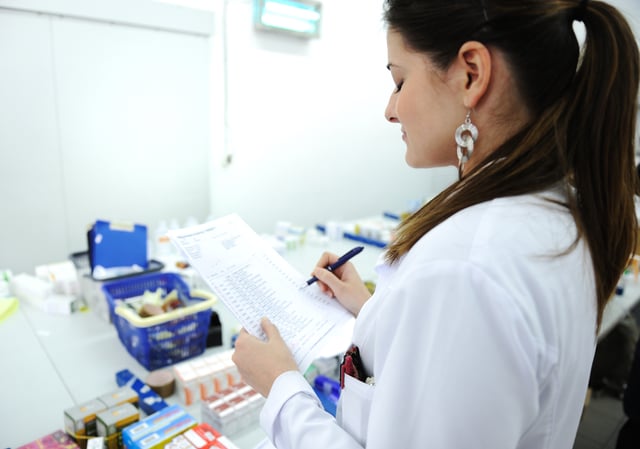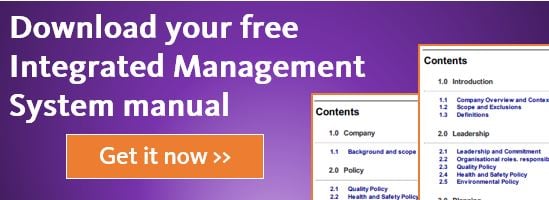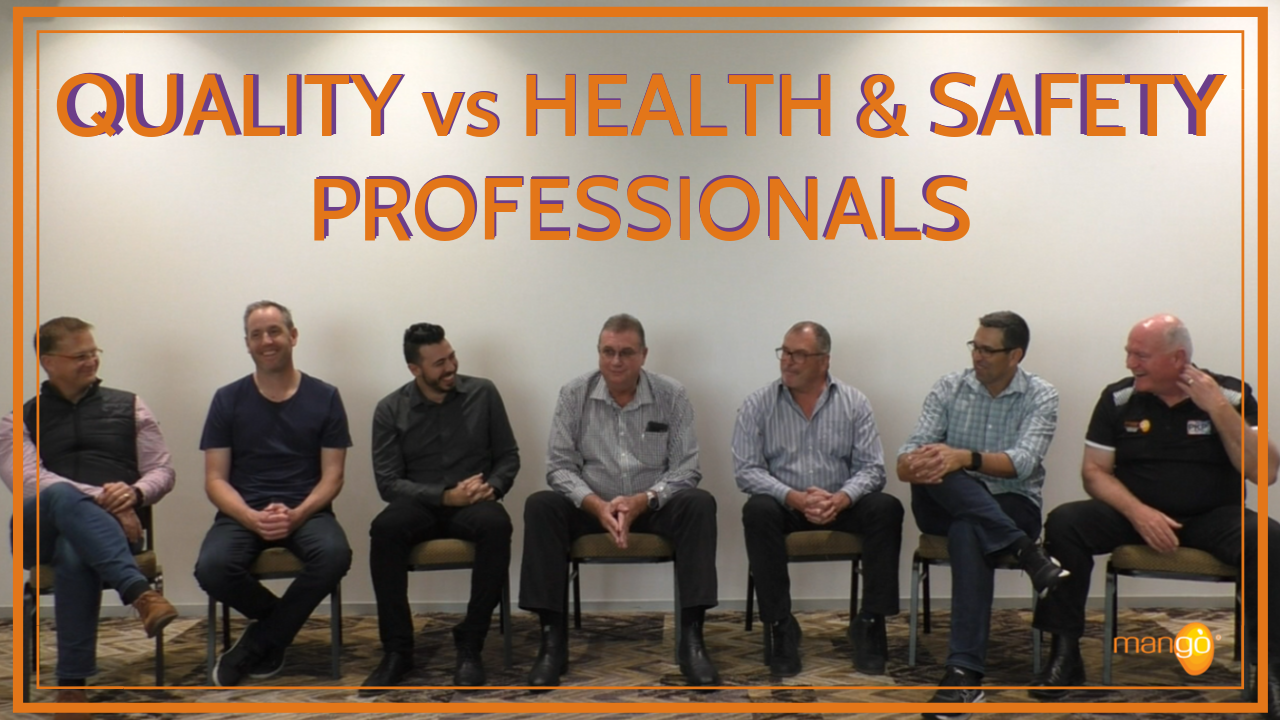Despite the title of this clause, 8.6 really is about how you inspect and test your product or service before giving it to your customer.
The standard talks about “planned arrangements … to verify that the product and service requirements are met”. What this means in everyday English is that you decide what inspection and testing you will do to ensure the product or service is good enough for the customer.
Quality Control Points
During the production of your product or service you need to put some checks (maybe quality control points) in place to ensure that you meet your plans, and to assure yourself that what you are giving the customer is what they want.
The easiest way of doing this is to look at your production (or service delivery) process and determine the key stages that you use. Then look closely at the points in the process where you do quality checks (or inspection points).
These points are the key parts of the “planned arrangements”.
Determine Records
You’ll then need to determine what records to keep that prove the product or service has passed or failed the quality checks. In addition, work out which person (or persons) will decide whether the results have passed or failed. Further, identify any equipment you use to determine if the product or service has passed or failed, because that equipment may need calibration.
For example, here at Mango we do extensive inspection and testing of the product before it is delivered to the customer. The inspection and testing starts right upfront when we review the requirements documents to ensure that they are correct. Next the developers do code reviews and peer reviews of each other’s work. Then they do developer testing of the software.
This is followed by in-house testing by a support tester who confirms that the product is acceptable for the customer. Due to the complexity of software, it’s just not feasible to test 100% of the code – instead, the testing programme must be extensive enough to cover the code, but at the same time it can’t take days and days to test. Recording test results all along the chain is vital to the integrity of our product and therefore to our business, so senior staff have given our developers and testers extensive training on how to test and record results.
The whole process is documented in our Quality Manual, and each group uses a different tool to keep records. The developers record their test records in a product call Mantis, and the support tester has a test plan and records of that are kept in our Dropbox system. It’s comprehensive because it has to be. We want delighted customers – clause 8.6 is key in achieving this.
Takeaways
- Look at your process stages.
- Figure out the QC points during those stages.
- Determine how you inspect and test at those stages.
- Keep records of all testing.
- Make sure your staff are well trained on how to inspect and test your product or service.
View previous blogs in this series "How to Implement a QMS and Achieve ISO 9001 Certification":
How to Implement a QMS and Achieve ISO 9001 Certification - Part 1: Introduction
How to Implement a QMS and Achieve ISO 9001 Certification - Part 2: Customer Focus
How to Implement a QMS and Achieve ISO 9001 Certification - Part 3: Leadership
How to Implement a QMS and Achieve ISO 9001 Certification - Part 4: Engagement of People
How to Implement a QMS and Achieve ISO 9001 Certification - Part 5: Process Approach
How to Implement a QMS and Achieve ISO 9001 Certification - Part 6: Improvement
How to Implement a QMS and Achieve ISO 9001 Certification - Part 7: Evidence Based Decision Making
How to Implement a QMS and Achieve ISO 9001 Certification - Part 8: Relationship Management
How to Implement a QMS and Achieve ISO 9001 Certification - Part 12: Clause 5.2 Policy
How to Implement a QMS and Achieve ISO 9001 Certification - Part 15: Clause 6.2 Objectives
How to Implement a QMS and Achieve ISO 9001 Certification - Part 16: Clause 7.1 Resources
.png?width=200&height=51&name=image%20(2).png)





